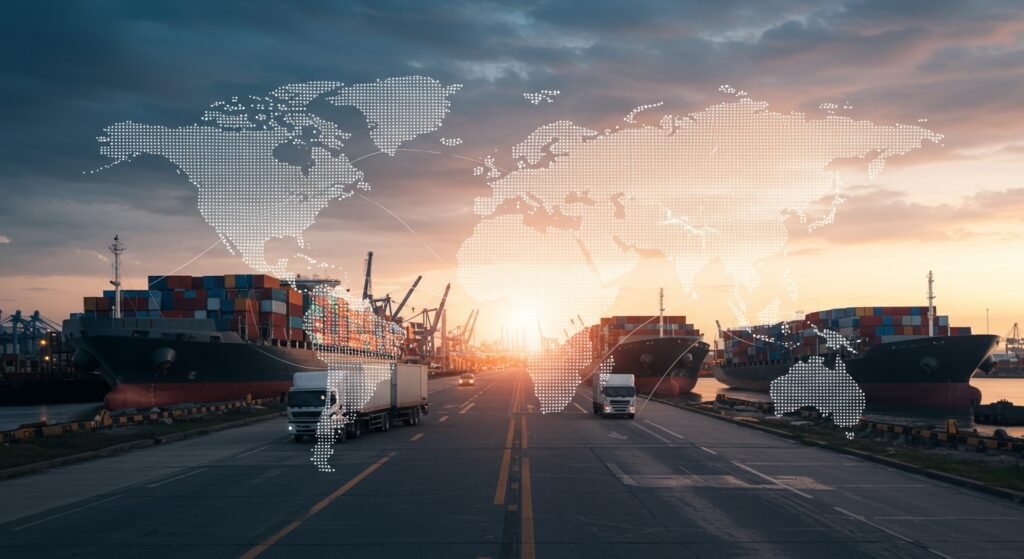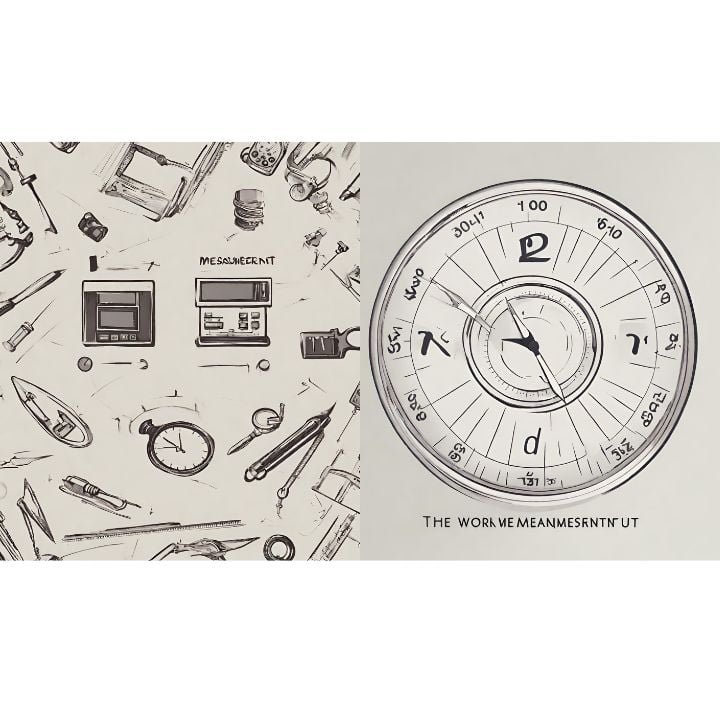The global pandemic of 2020 served as a brutal awakening for businesses worldwide, exposing critical vulnerabilities within their intricate supply chains. As we navigate the complex landscape of the post-pandemic era, the imperative to build robust Supply Chain Resilience Post-COVID has never been more urgent. This article explores the essential strategies, technological advancements, and shifts in mindset required to not only recover but to thrive in an unpredictable global economy.
Table of Contents
- The New Normal: Why Supply Chain Resilience Post-COVID is Paramount
- Key Strategies for Building Robust Supply Chains
- The Role of Technology and Industrial Engineering
- Looking Ahead: Future Trends
The New Normal: Why Supply Chain Resilience Post-COVID is Paramount
Before 2020, many companies operated on just-in-time inventory models, optimizing for efficiency and cost reduction. While effective in stable periods, this approach proved fragile against unprecedented disruptions like factory shutdowns, port congestion, and sudden shifts in consumer demand. The lessons learned from these challenges underscore a fundamental truth: resilience must now be prioritized alongside efficiency.
Initial Shocks and Lessons Learned
The initial phase of the pandemic saw widespread stockouts, production halts, and a frantic scramble for essential goods. Industries from automotive to pharmaceuticals experienced significant setbacks. This period highlighted the dangers of over-reliance on single-source suppliers and geographically concentrated manufacturing hubs. Businesses quickly realized the need for greater transparency and adaptability within their supply networks.
The shift towards remote work also impacted logistical operations, demanding new approaches to collaboration and real-time data sharing. It became clear that a reactive stance was no longer sufficient; proactive planning and predictive capabilities were essential for futureproofing operations.
Key Strategies for Building Robust Supply Chains
Achieving true Supply Chain Resilience Post-COVID requires a multi-faceted approach, integrating strategic planning with operational improvements and technological adoption.
Diversification and Localization
Reducing reliance on a single geographic region or supplier is a cornerstone of resilience. Companies are now exploring multi-shoring, near-shoring, and even re-shoring initiatives to spread risk. Localizing production for critical components or markets can shorten lead times, reduce transportation costs, and insulate against global disruptions.
Digital Transformation and Visibility
Enhanced visibility across the entire supply chain is critical. This involves deploying advanced analytics, IoT sensors, and blockchain technology to track goods in real-time, monitor supplier performance, and anticipate potential bottlenecks. Digital twins of supply chains are emerging as powerful tools for simulating disruptions and testing mitigation strategies.
Agile Planning and Risk Management
Moving away from rigid, long-term forecasts, businesses are adopting more agile planning methodologies. This includes scenario planning, creating rapid response teams, and developing contingency plans for various disruption types—from natural disasters to geopolitical events. Risk assessment is no longer a periodic exercise but an continuous process, integrated into daily operations.
Comparative Overview of Pre- and Post-COVID Supply Chain Approaches
| Feature | Pre-COVID Approach | Post-COVID Resilience Strategy |
|---|---|---|
| Inventory Model | Just-in-Time (JIT) | Just-in-Case / Hybrid |
| Supplier Base | Single-source, Cost-focused | Multi-source, Diversified |
| Geographic Focus | Globalization, Offshoring | Regionalization, Nearshoring |
| Technology Use | Basic ERP, Manual processes | AI, IoT, Blockchain, Advanced Analytics |
| Risk Management | Reactive, Infrequent | Proactive, Continuous, Scenario Planning |
For more detailed insights into global supply chain trends, you might want to visit an external resource on World Bank’s supply chain initiatives.
The Role of Technology and Industrial Engineering
Technology is not merely an enabler but a core driver of modern supply chain resilience. Industrial engineering principles, traditionally focused on optimizing processes, are now being reapplied to design more robust and adaptable systems.
AI, IoT, and Predictive Analytics
Artificial intelligence (AI) and the Internet of Things (IoT) are revolutionizing supply chain management. IoT devices provide real-time data on everything from asset location to environmental conditions, while AI algorithms analyze this data to predict demand fluctuations, identify potential disruptions, and optimize routing. Predictive maintenance for machinery also reduces unexpected downtime, a critical factor in maintaining flow.
Lean Principles in a Volatile World
While traditional lean manufacturing emphasizes waste reduction, modern industrial engineering extends these principles to create ‘lean and agile’ supply chains. This means streamlining processes to respond quickly to change, rather than just eliminating costs. It involves fostering a culture of continuous improvement and empowering front-line workers to identify and solve problems.
The integration of advanced data analytics provides the necessary insights for industrial engineers to identify vulnerabilities and design more robust operational frameworks. This includes optimizing network design, warehousing, and transportation, all while considering potential disruptions.
For further reading on how these technologies transform various sectors, explore our article on Digital Transformation in Manufacturing.
Looking Ahead: Future Trends
The journey towards complete supply chain resilience is ongoing. Several emerging trends indicate the direction of future developments:
- Increased Automation: From robotic warehouses to autonomous last-mile delivery, automation will continue to reduce labor dependencies and improve efficiency and speed.
- Sustainability as a Core Metric: Environmental, social, and governance (ESG) factors are gaining prominence. Resilient supply chains will increasingly incorporate sustainable practices, not just for ethical reasons but also for long-term operational stability and brand reputation.
- Circular Economy Models: Moving away from linear “take-make-dispose” models, the circular economy focuses on resource efficiency, reuse, and recycling. This inherently builds resilience by reducing reliance on virgin materials and creating closed-loop systems.
- Hyper-Personalization: Consumer demand for highly customized products will necessitate even more flexible and responsive supply chains, pushing the boundaries of agile manufacturing and logistics.
- Cybersecurity Focus: As supply chains become more digitized and interconnected, robust cybersecurity measures will be paramount to protect sensitive data and prevent operational sabotage.
These trends highlight a future where supply chains are not just efficient but also adaptable, sustainable, and intelligent—truly resilient against the next unforeseen global challenge.
In conclusion, the era of unpredictable global events demands a paradigm shift in how businesses approach their supply chains. By embracing diversification, digital transformation, agile methodologies, and the principles of industrial engineering, companies can build truly resilient systems capable of withstanding future shocks and ensuring sustained growth. The path to robust Supply Chain Resilience Post-COVID is clear, requiring strategic investment and a commitment to continuous adaptation.


